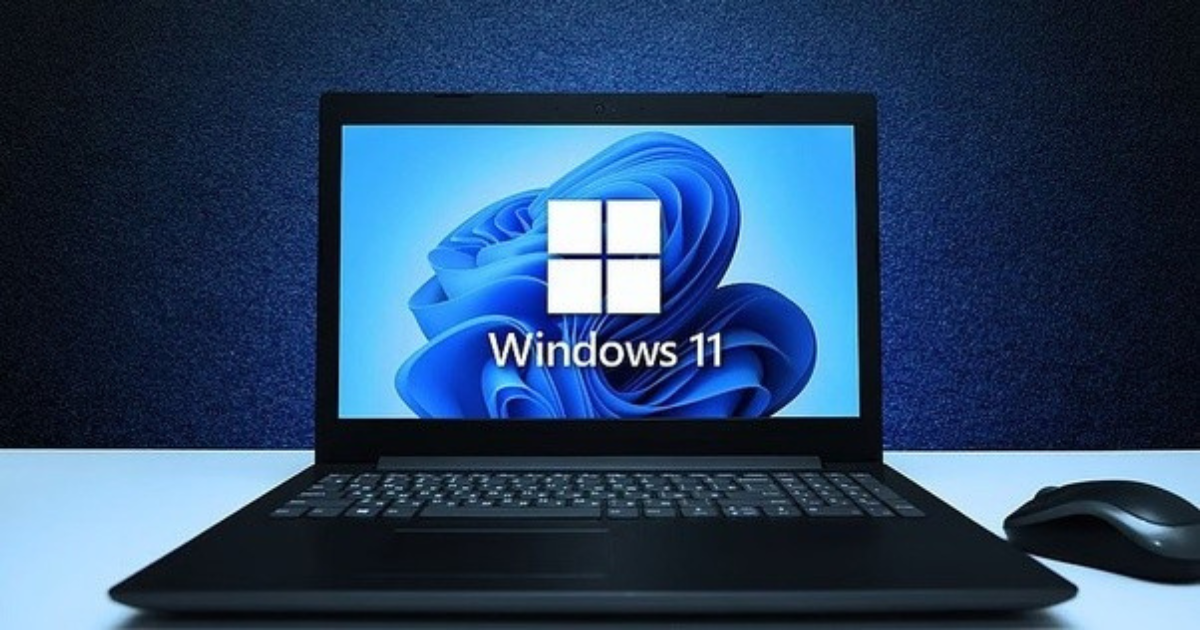When it comes to installing or troubleshooting Windows 11, knowing how to access the BIOS (Basic Input/Output System) can be a crucial step. The BIOS is the firmware interface that helps your operating system communicate with your computer’s hardware. This guide will provide you with everything you need to know about the Windows 11 BIOS key, including how to access it, its importance, and what to do once you’re in the BIOS setup.
What is the BIOS?
The BIOS is the first software that runs when you turn on your computer. It initializes and tests hardware components like the CPU, RAM, and storage devices, and then it loads the operating system. The BIOS plays a vital role in your computer’s boot process, providing a bridge between the hardware and the OS.
Importance of Accessing the BIOS
Accessing the BIOS is essential for several reasons:
- System Configuration: The BIOS allows users to change settings related to hardware components, including boot order, CPU settings, and power management.
- Troubleshooting: If your Windows 11 system is not booting correctly, you can access the BIOS to check hardware settings and make necessary adjustments.
- Installing or Upgrading OS: If you plan to install Windows 11 from a USB drive or external device, you might need to adjust boot settings in the BIOS.
- Security Features: The BIOS provides access to security features like Secure Boot, which helps protect your system from unauthorized access.
How to Find the Windows 11 BIOS Key
The BIOS key is not universally standardized; it can vary based on your computer’s manufacturer. Below are the most common BIOS keys for popular manufacturers:
- Acer: F2 or Delete
- ASUS: F2 or Delete
- Dell: F2 or F12
- HP: F10 or Esc
- Lenovo: F1 or F2
- MSI: Delete or F2
- Gigabyte: Delete or F2
- Samsung: F2
- Toshiba: F2
How to Access the BIOS on Windows 11
To access the BIOS during the boot process, follow these general steps:
- Restart Your Computer: Click on the Start menu, select the Power button, and choose Restart.
- Press the BIOS Key: As your computer restarts, repeatedly press the designated BIOS key (e.g., F2, Delete) until the BIOS setup screen appears. Timing is crucial, so start pressing the key immediately after the initial power-on.
- Accessing from Windows Settings: If you miss the window to access the BIOS during startup, you can also enter the BIOS through Windows 11 settings:
- Go to Settings > Update & Security > Recovery.
- Under Advanced startup, click on Restart now.
- After your PC restarts, select Troubleshoot > Advanced options > UEFI Firmware Settings > Restart. This will take you to the BIOS setup.
Navigating the BIOS Interface
Once inside the BIOS, you will encounter various menus and settings. Here are some common areas you may want to explore:
- Boot Order: This setting determines which device your computer will attempt to boot from first. You can change the boot order to prioritize USB drives or CD/DVDs for installations.
- Hardware Configuration: Here, you can adjust settings for components like the CPU, RAM, and integrated peripherals.
- Security Settings: You can enable or disable features like Secure Boot and set BIOS passwords to prevent unauthorized access.
- Power Management: Adjust settings related to power consumption and hardware power states.
Making Changes and Exiting BIOS
After making necessary changes in the BIOS:
- Save Changes: Typically, you can save your changes by pressing F10, but the exact key may vary. Make sure to select the option to save and exit.
- Exit without Saving: If you do not wish to save any changes, select the option to exit without saving.
- Reboot: Your computer will restart, and Windows 11 should boot with the settings you configured.

Leave a Reply